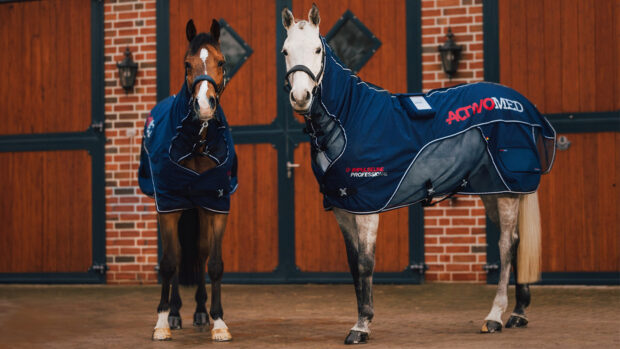Q. I am looking for information on treating horses with magnets. Could you tell me how they work and what type of conditions they can be applied to?
Caroline Vie, Surrey
A. Magnets have been used in medicine for thousands of years. Nowadays they can trat non-union fractures, contusions, degenerative bone conditions, delayed wound healing, acute and chronic injury to bone and soft tissue, such as bowed tendons, stretched ligaments and diseases of the back and lumbar regions, as well as helping stiff horses.
There are two major types – the bipolar magnet and pulsating electromagnetic field (PEMF) systems.
When blood flows past the beads, icons (charged atoms) are buffeted towards and away from them due to the positive or negative magnetic field. This forces the blood vessels in that area to dilate, allowing better blood flow to the damaged area and speeding up healing.
By turning the current on and off rapidly, the same buffeting effect on the tissues below can be achieved as the beads. The stronger the current, the deeper the penetration. PEMF systems tend to be stronger and have greater tissue penetration than the bipolar magnets.
Nick Thompson MRCVS



